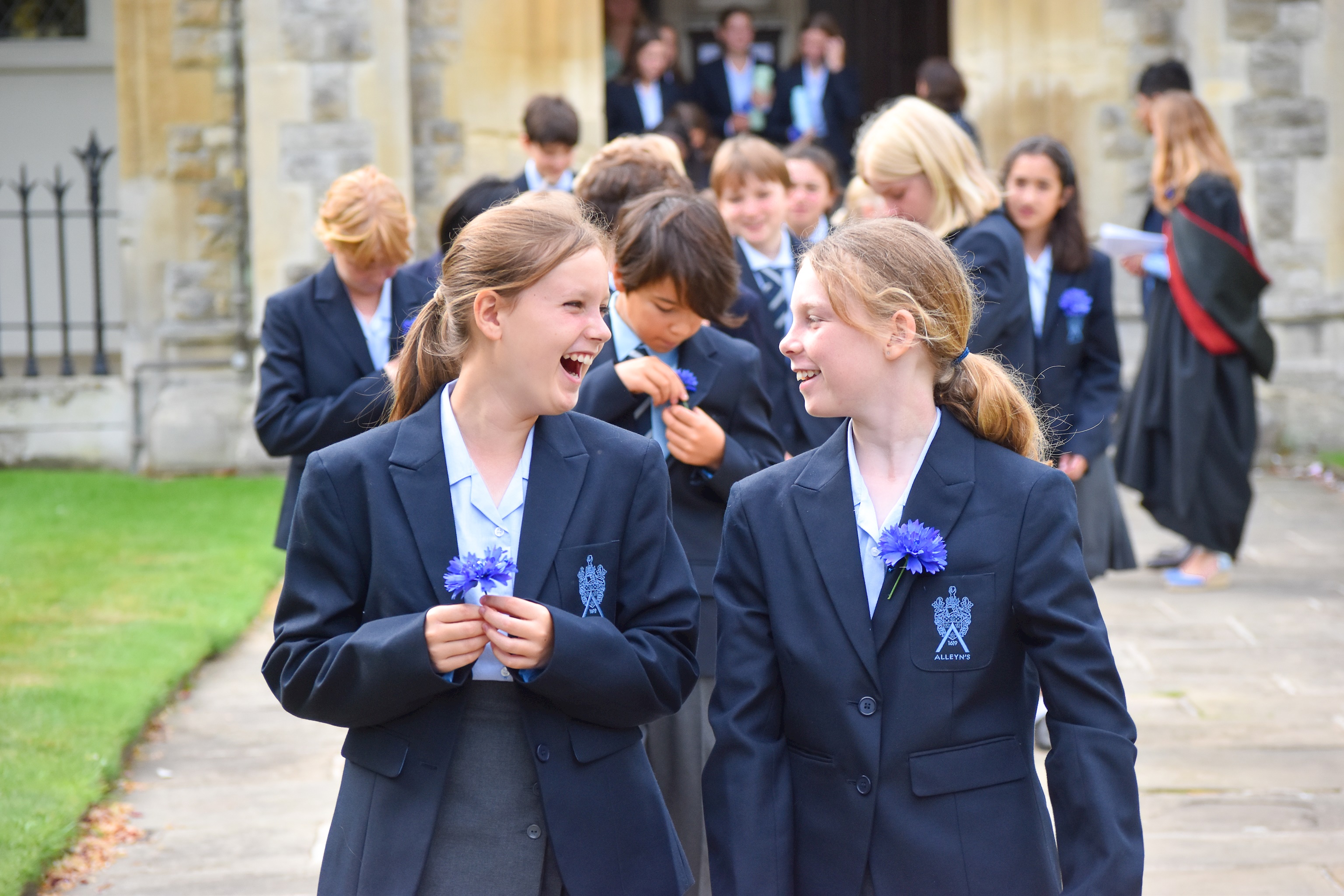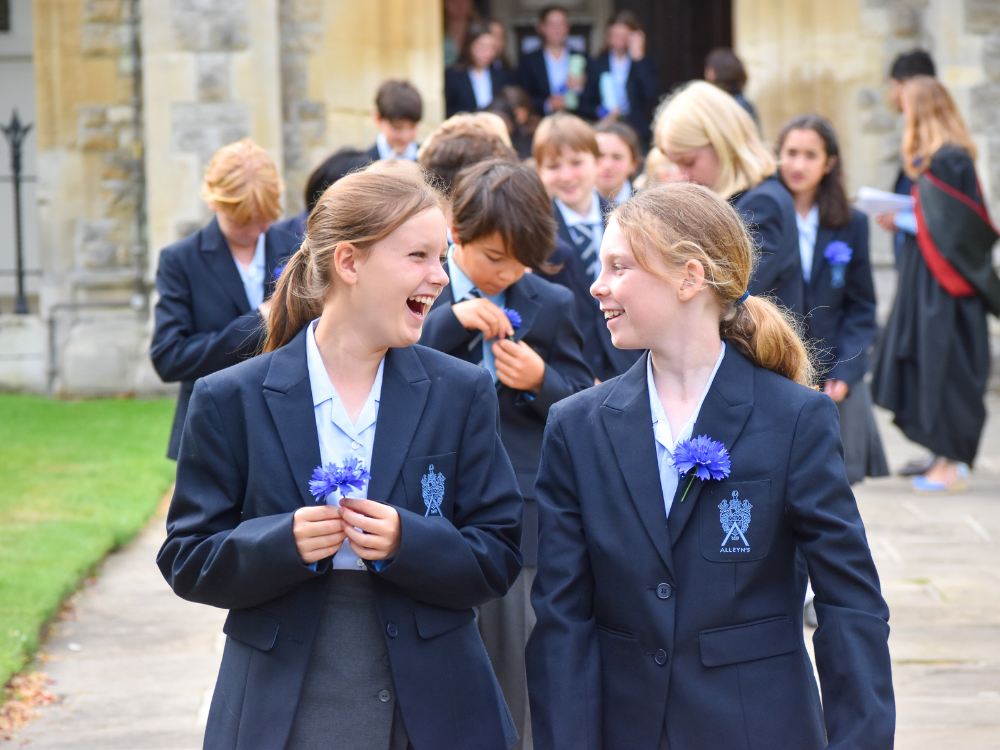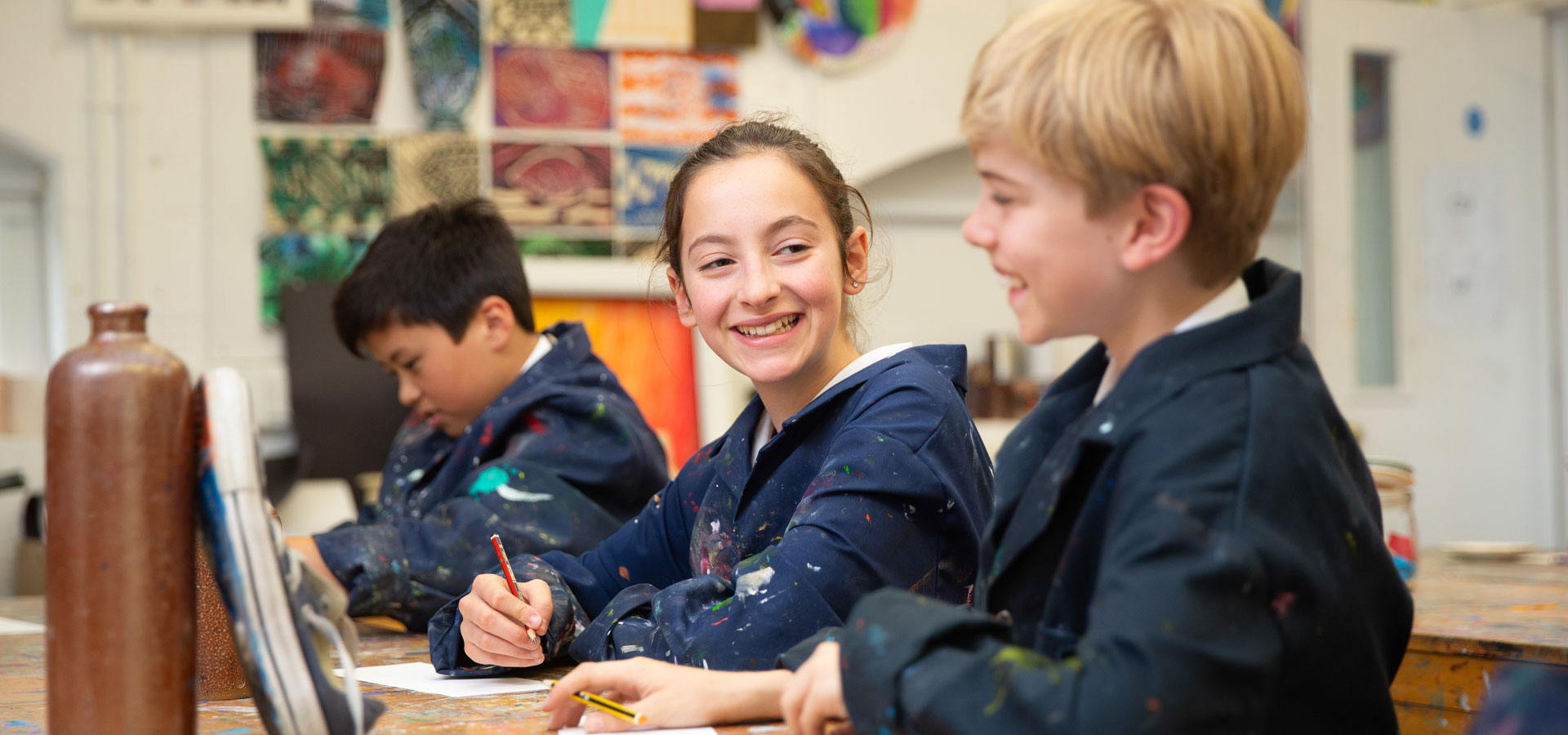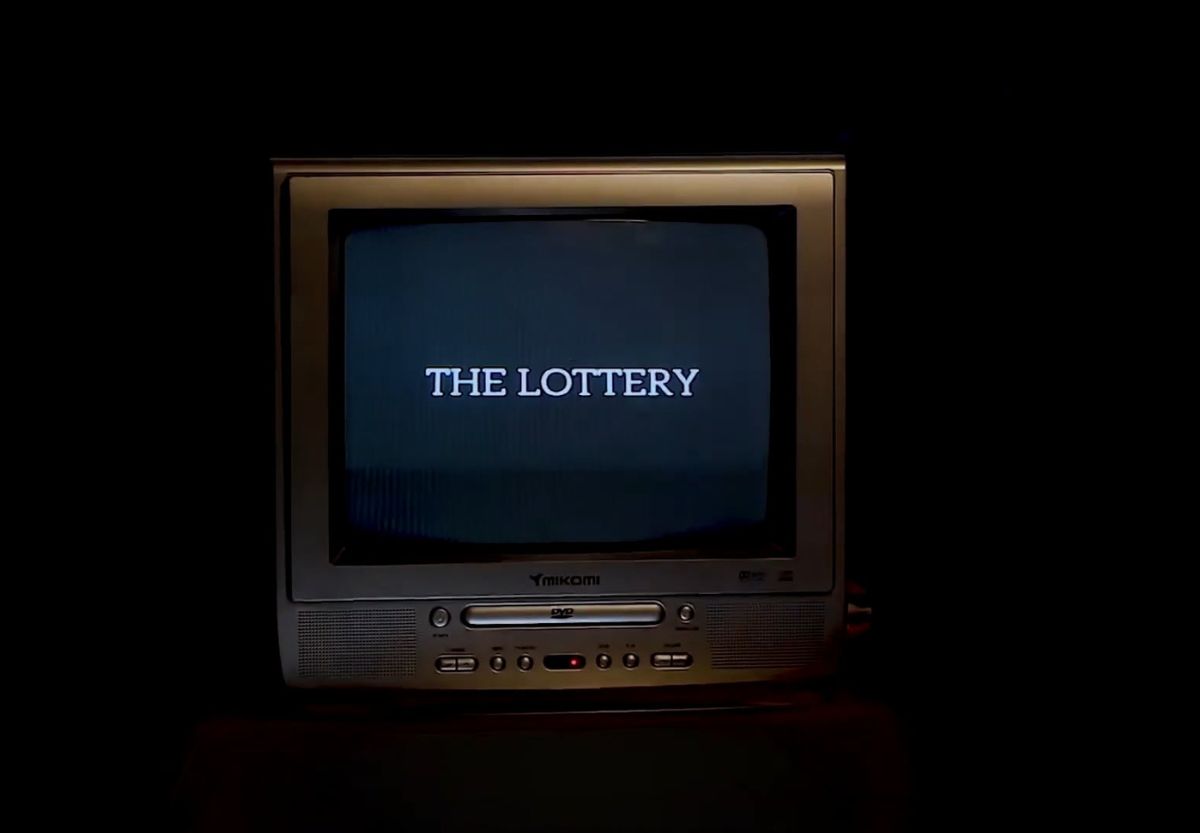Written by Mr. M F Grogan, Alleyn's Head of Film Studies. Published 03 July, 2024
For a school that has always celebrated its links to the creative arts, Media Studies, and its younger sibling Film Studies, have often felt as if they hold a parvenu status at Alleyn’s.
But that’s rather how we like it.
Media Studies was first examined here in 1999 having been launched in a moment of madness or inspiration (you decide) by the then Head of English, Paul Kingman. Introduced alongside Business Studies, Politics, and Psychology, Media Studies was included in this expansion of the 16+ curriculum because of the interest of our students and their enlightened parents, many of whom, traditionally, were associated with the creative industries.
There is an ignoble history of dismissing Media Studies as ‘soft’ in the national press, and this opinion was sometimes repeated in the early days by less progressive teaching colleagues. Importantly all those staff who shared this opinion with us ‘sleep with the fishes’ now (and anyone who can tell me which film that phrase relates to wins the Film Studies prize).
With the arrival of Advanced Subsidiary (AS) levels as part of Curriculum 2000, newly promoted Head of English Lindsay Gabbitas, and the school’s first Head of Media, Antonia Geldeard, made the mistake of employing me in September 2001 to help teach this burgeoning subject. AS Media Studies was upgraded to a full A level course in 2007 and, due to Mr. Gove’s reforms, we switched to A level Film Studies in 2017.
Lindsay remembers the first cohort of students as being a talented bunch, and it's been downhill ever since.
The class of ‘99 included Philip Abraham, who later became a filmmaker, and the actor, director, presenter and now teacher Donal Coonan, who went on to study PPE at Oxford, and who has single-handedly disproved to me the notion of PPE as a 'Mickey Mouse’ subject by being one of its few graduates to do something useful with their lives. Over 25 years, students of Media and Film have also successfully flocked to the red brick and RAAC universities of the UK, and abroad, making their mark in the creative industries too.
Hidden like a 21st century Bertha Mason in the upper reaches of E Block, Media Studies flourished in 221, a room where the first significant assessment of a student’s ability was if they could find it. This didn’t change following our move into the EAB in 2008 where we added the additional test of being able to remember the 5-digit combination code for the door, put there not to keep intruders out, but students in.
We have been here, combining our vulgarian status with a location close to the fatty snacks of EA Bean (AKA Costa) and enjoying the ability to overhear all the gossip shared by unsuspecting pupils and staff on the sundeck, ever since.
When the subject began in the late-1990s, the landscape of media, film and culture was divided starkly between producers and audiences.
In popular music the arrival of the Spice Girls heralded the era of ‘Girl Power’ and ‘Three Lions’ topped the summer charts of 1996 singing of ‘Thirty years of hurt.’ That ‘hurt’ is nearly able to claim its state pension; it would be nice if we could fully retire it this summer at Euro 2024.
In print, the biggest selling newspaper in the UK, The Sun, would shift 4 million copies a day based on a cocktail of criminally acquired celebrity gossip, political partisanship, softcore pornography, and football. Whilst glossy ‘Lads Mags’ like Loaded, FHM, and Zoo presented regressive images of women to (predominantly) young men to stare at. Thank God there’s no more of THAT going on today.
The X-Files, This Life and Our Friends in the North (starring a later-to-be James Bond, Daniel Craig) all debuted on British television around this time, whilst Paul McGann made his one and only appearance as the eighth Doctor Who. The Mission Impossible franchise began in the 1990s with Tom Cruise in the starring role – whatever happened to him? - whilst the biggest film of the decade was Titanic with Kate Winslet and Leonardo di Caprio, whose current girlfriend was likely born around the same time.
Since 1999 the distinction between media-makers and consumers has crumbled with the proliferation of the world wide web and social media. The music industry’s financial model collapsed with the arrival of illegal file sharing applications like Napster, which preceded legal subscription services like Spotify by 20 years. Cinema attendances are just about holding up in the face a competition from ‘the streamers’ but have yet to return to pre-Covid levels, and broadcast television revenues are in a downward spiral as the Licence Fee suffers from politically motivated cuts, and advertisers retrench as TV viewers fragment across multiple platforms.
Much has changed since the arrival of our first single Casablanca Avio digital video editing system and Panasonic RX13 VHS-C video camera in 1999. The sleek Macs running Adobe Premiere and Final Cut Pro, and the several Canon DSLRs & Go Pros all attest to the rise of digital technology. Yet, despite the ascendancy of all this binary encoding, we must still ensure our students don’t always decode the world in black and white.
As YouTube’s ‘Broadcast Yourself’ slogan predicted: we are all producers now, and central to the study of film is a student’s ability to produce their own text. They learn best when, having digested the theory, they attempt to put it into practice.
From film websites to teaser trailers, from film posters to film magazine spreads and the 5-minute short films our students research, script, plan, produced, direct and edit today - their work is routinely outstanding, receives top marks, and has often been used as exemplar material of best practice at BFI national conferences and to new A level examiners and moderators.
You can see a sample of films here: 25 Years of Film on Vimeo.
Mr. M F Grogan, Alleyn's Head of Film Studies






.jpg)



.png&command_2=resize&height_2=85)


.png&command_2=resize&height_2=85)

.png&command_2=resize&height_2=85)
.png&command_2=resize&height_2=85)
.png&command_2=resize&height_2=85)
.png&command_2=resize&height_2=85)


.jpg&command_2=resize&height_2=85)

.jpeg&command_2=resize&height_2=85)

.png&command_2=resize&height_2=85)

.png&command_2=resize&height_2=85)

